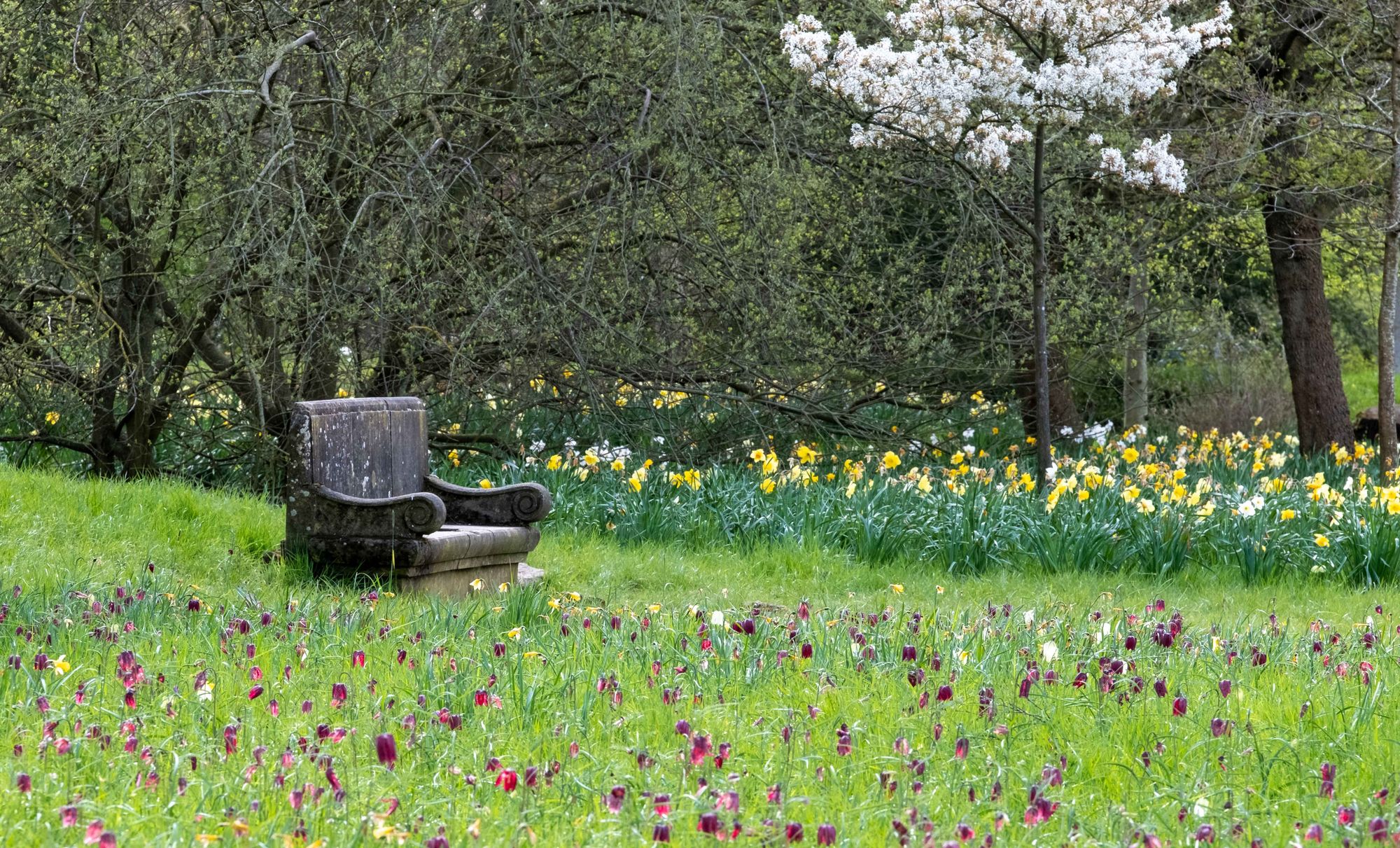Overview
'Conservation Target Areas' (CTAs) identify some of the most important areas for wildlife conservation in Oxfordshire where targeted conservation action will have the greatest benefit. CTAs cover just over 20% of the county by area (526.2 km²) and contain 95% of the SSSI land area in Oxfordshire.
Supporting delivery of the LNRS
Created by the Biodiversity Advisory Group, each of the 39 CTAs supports one or more of the 20 priority habitats found in Oxfordshire. The CTA maps show where the greatest gains can be made from habitat enhancement, restoration and creation, as these areas offer the best opportunities for establishing large habitat areas and/or networks of wildlife habitats. CTAs remain a useful guide in tandem with the Local Nature Recovery Strategy (LNRS), which is now the primary resource for identifying opportunities for habitat creation and enhancement.
Each CTA has a nominated lead, and these CTA leads meet bi-annually to share best practice. Wild Oxfordshire supports this valuable network.
CTAs have historically been used in local planning in Oxfordshire, to identify areas of priority for biodiversity. With the advent of Local Nature Recovery Strategies CTAs will no longer serve this function within the planning system, being replaced by the priority areas in the LNRS mapping.

Related publications
Towards a nature-first neighbourhood plan
Neighbourhood plans can play an important role in protecting and restoring your local nature. Oxfordshire Local Nature Partnership has created this document to help inform thinking about the types of policy that might be developed for a given Neighbourhood Plan (NP). It includes policy examples from existing neighbourhood plans, and guidance on the steps to take when developing a draft neighbourhood plan.
Oxfordshire Biodiversity Net Gain (BNG) guiding principles
The Oxfordshire Local Nature Partnership proposes that Oxfordshire's Local Planning Authorities (LPAs) adopt the principles the working group, which includes representatives from local authority planning departments, have developed for Biodiversity Net Gain implementation.
The intent of these principles is to ensure that Biodiversity Net Gain is implemented in a way that supports the spirit of the Environment Act 2021 and maximises Biodiversity Net Gain’s potential impact on nature recovery in Oxfordshire. They are designed to facilitate a harmonised approach across all local authority areas, recognising that some local variations may be inevitable and indeed beneficial. Our aspiration is that they will provide a common framework within which local authorities, developers, conservation bodies, farmers and landowners work together to protect and restore our county’s nature.











.png)